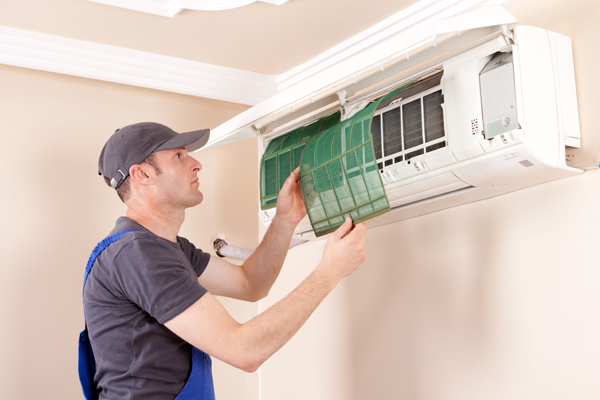
What exactly is indoor gardening?
Even if you have more than one or two plants in pots on a windowsill, indoor gardening does not have to be particularly elaborate or complicated. It is commonly thought of as growing a variety of plants indoors that would normally be grown outside, such as fruit, vegetables, herbs, or flowers.
Indoor gardening can be less time-consuming and more successful if you have the proper room and setup. It is easy to control the temperature and other environmental factors to ensure your plants grow. You only need to choose plants that are appropriate for the environment in which you intend to cultivate them.
